Lockheed Martin's new Shadow Hawk weapon is deceptively small considering the influence it will likely have on warfare from this point forward. The era of unmanned warfare is about to go to a whole new level. The Shadow Hawk is an 11-pound class, 2.75-inch (7 cm) diameter, 27-inch (68 cm) long drop-glide munition released a mile or more above the target by the equally diminutive unmanned RQ-7B. It may not seem like a major leap forward in weapons technology but it most certainly is, because the Shadow Hawk munition now arms an entire fleet of RQ-7s for the US Marines and Army that could previously only be used for reconnaissance, and it does so with a much smaller and cheaper weapon.
The Oxford Companion to Military History rates the development of precision-guided munitions (PGMs) as "perhaps the most significant factor in air warfare since aircraft first began to carry bombs."
The significance of this breakthrough is that precision-guided bombs can now be dropped at a lower cost than ever before - by using a far-more-plentiful, smaller, unmanned "delivery vehicle" and a much smaller and cheaper weapon.

The Shadow Hawk is guided to its target by a semi-active laser seeker of astonishing accuracy. In the first public test, the Shadow Hawk was dropped by an RQ-7 from a mile high and it hit the target at a speed of 500 km/h (311 mph) just EIGHT INCHES (20 cm) from dead center. In real life, not to put too graphic a point on it, it would then explode.
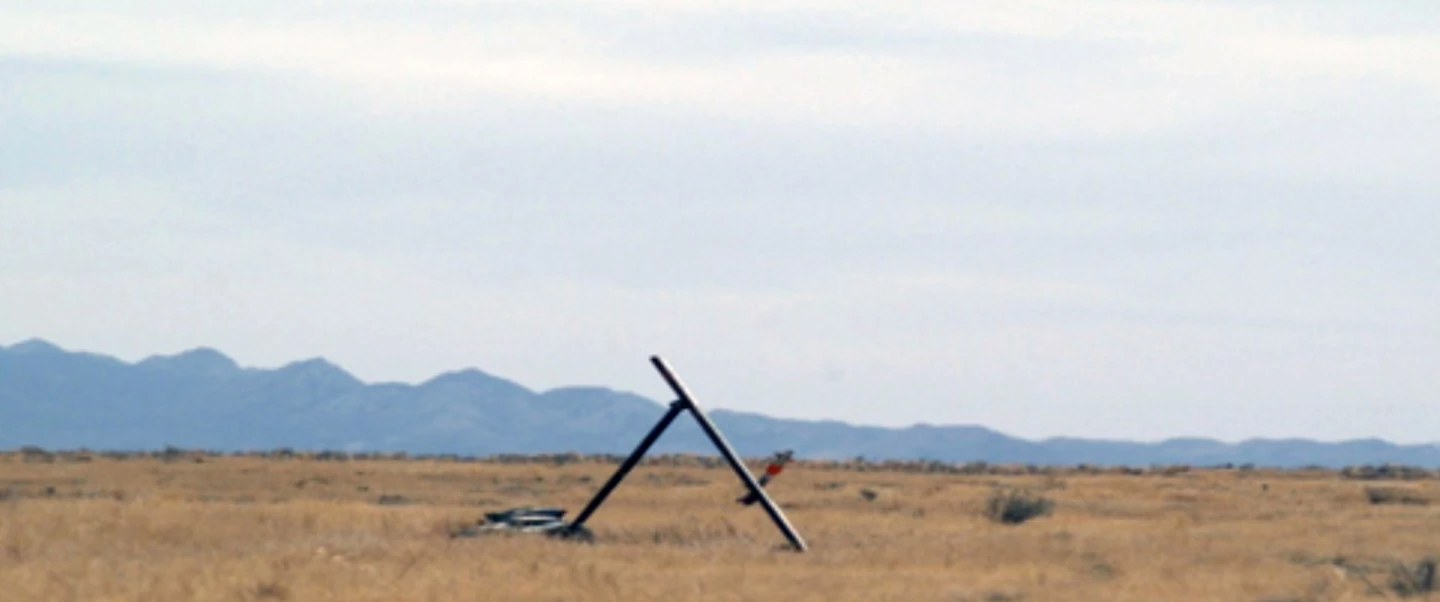
The major leap forward in weapons technology enabled by the Shadow Hawk is that it now arms the significantly-sized next level of small UAS systems that could previously only be used for reconnaissance and surveillance.
"Equipped with Shadow Hawk and the UAS's electro-optical and infrared cameras, a Shadow UAS can now offer battlefield commanders timely detection of threat activities, including fleeting and time-sensitive threats, along with a quick-strike capability," said Glenn Kuller, director of advanced programs in Lockheed Martin's Missiles and Fire Control business.
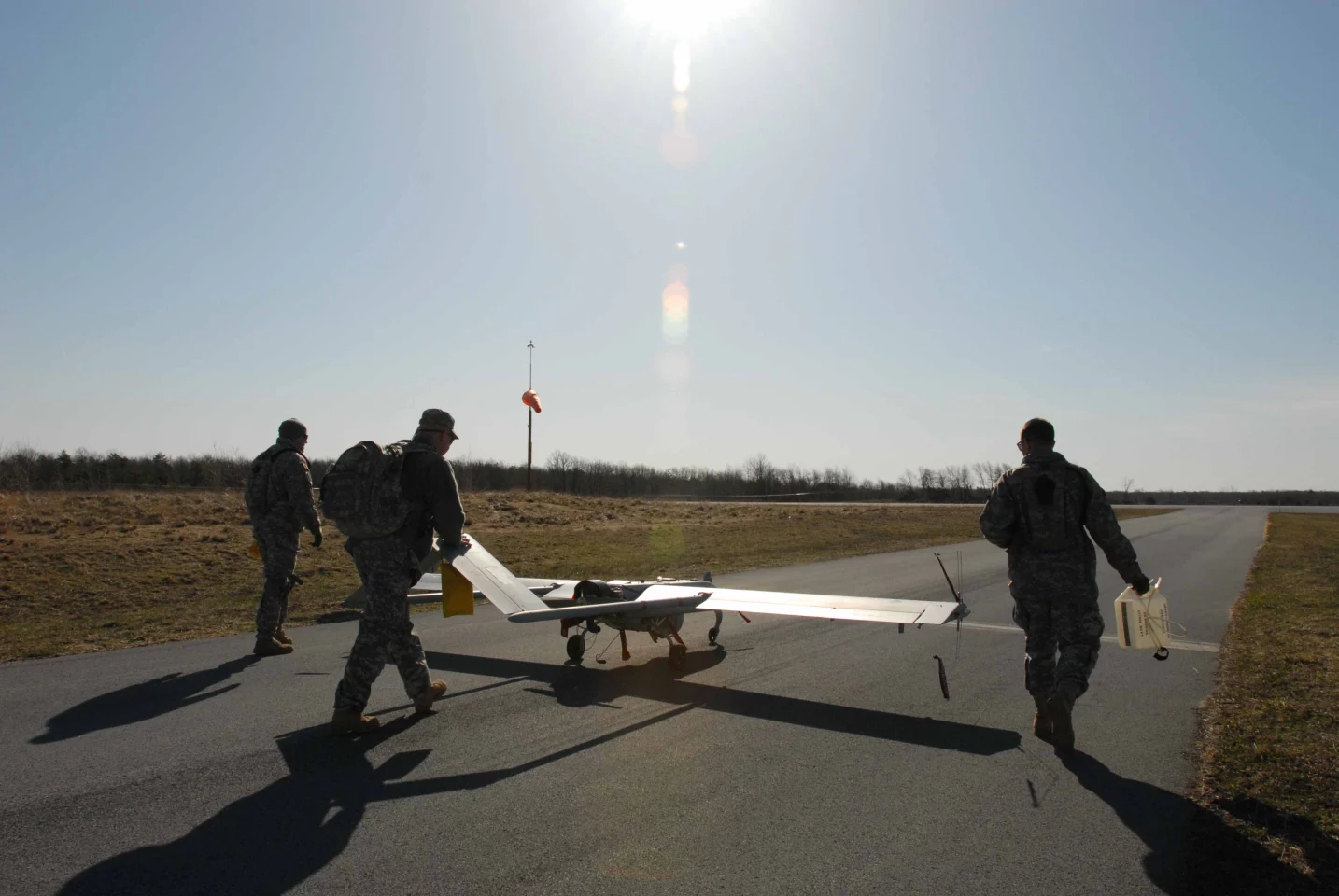
The Shadow RQ-7B which was used to deliver the weapon in the initial tests, is not very large, being just 11.8 ft. (3.6 m) long with a wingspan of 20.4 ft (6.2 m) with a maximum gross take-off weight of 460 lb (208kg).
That leaves a payload capacity of just 45 kg (99 lb) and given that the RQ-7 probably has Israeli Aircraft Industries infrared camera, daytime TV camera (with a selectable near-infrared filter), laser pointer, and a 2 kW GEC/Plessey 28 volt DC generator and you can see why the it hasn't been armed prior to now.
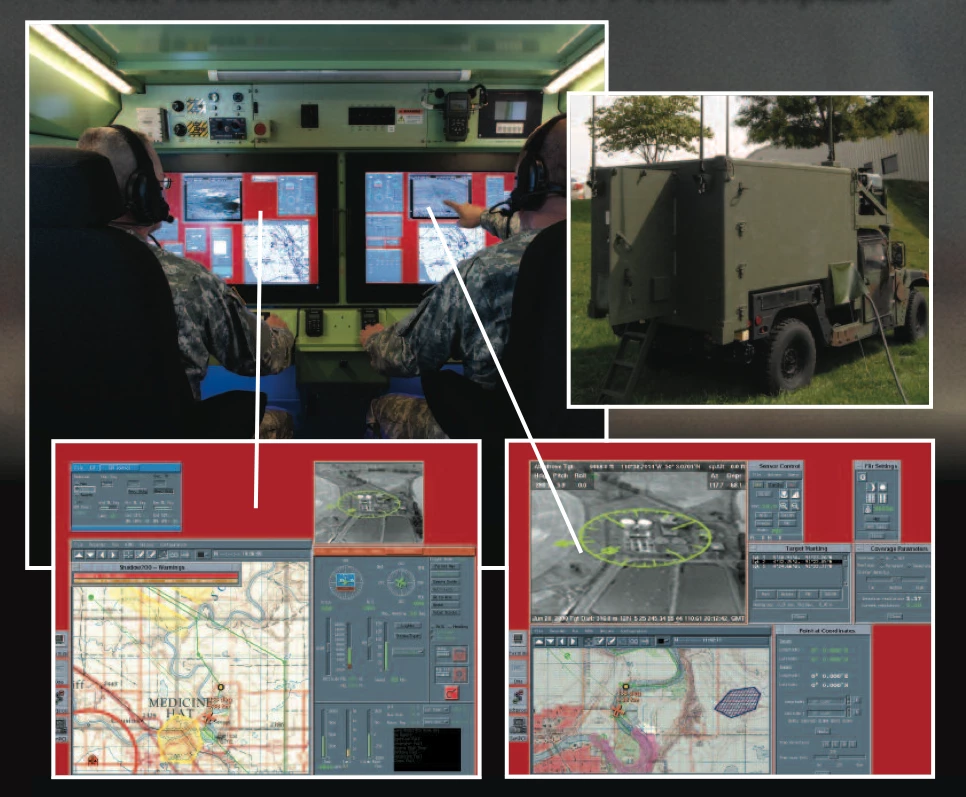
Indeed, the competition for a spot inside the 45 kg is increasingly fierce - one very useful module which also takes up precious payload capacity is a communications relay package. This turns the RQ-7B into a relay station and enables commanders and the RQ-7 operators to talk with troops in locations that would otherwise be dead to radio traffic - including in urban guerrilla conditions.

Despite lashings of carbon fiber and lots of tricks (the wings contain the fuel), there simply hasn't been enough room before now for a small armament.
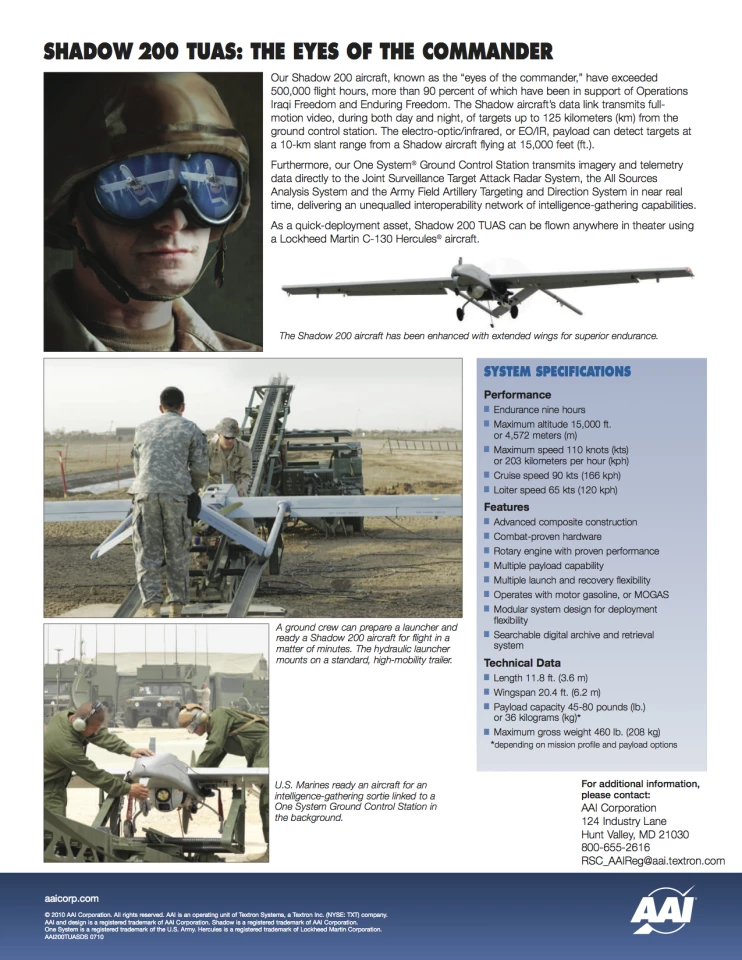
In August 2011, the U.S. Marine Corps was given official clearance to experiment with armed RQ-7s. The aim of the exercise was to deliver lethal force with surgical precision as opportunities present themselves, without calling for something a lot more expensive, and at the same time perhaps missing the opportunity by having to wait for the jet to be available and then having to wait for it to fly to the fight.
Then there's the cost. Calling in a manned aircraft is outrageously expensive, and the munitions such aircraft are likely to carry are several orders of magnitude more expensive than the Shadow Hawk.
Then there are the delivery costs - one of the fighters operating in Afghanistan and Iraq costs between US$10,000 - $25,000 per flight hour.
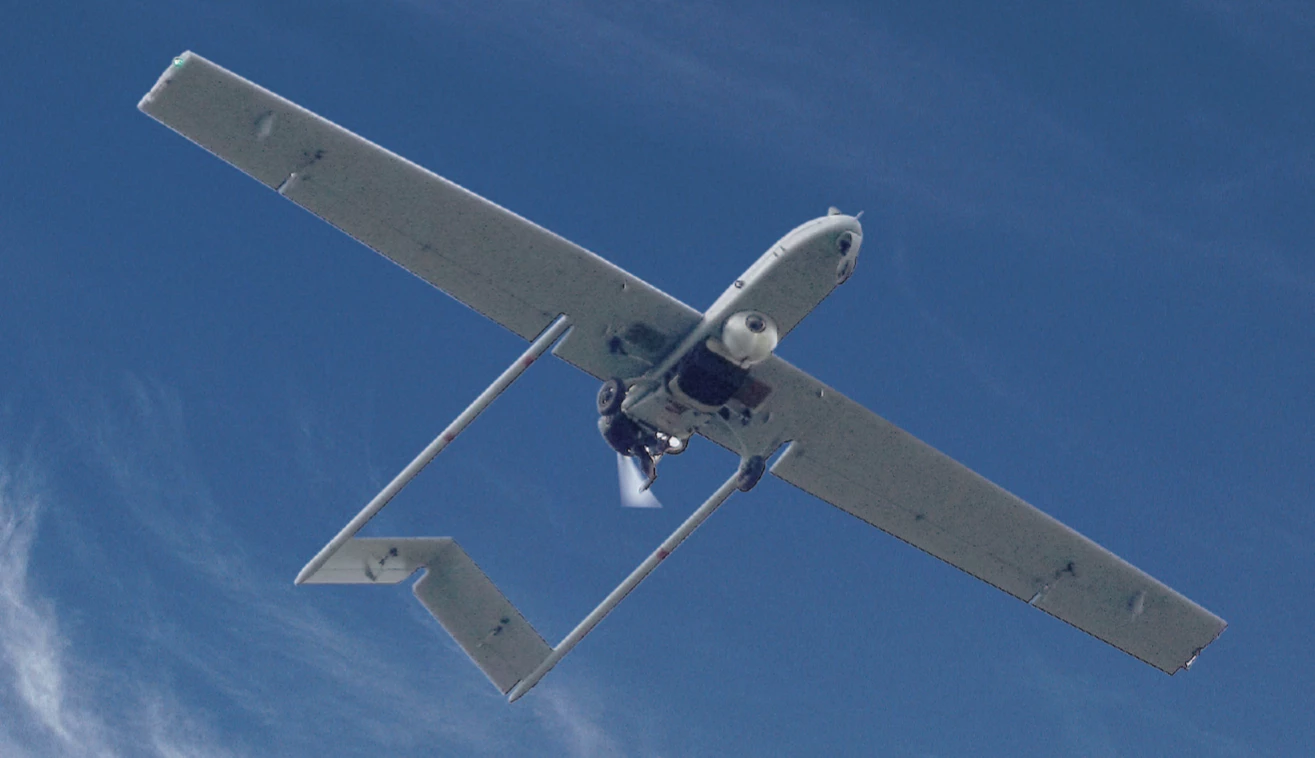
The RQ-7 is one of the most common unmanned systems in theater with over 100 in service and another 300 + ordered and the new capability afforded by the Shadow Hawk munition will be the lowest cost solution in the entire U.S airborne arsenal.
To stand back a moment, man has created some fearsome weapons in his time, but this to me, is one of the cleverest combinations of technologies I've ever seen.
Although just 200 kg, the RQ-7 can loiter over the battlespace for nine hours at a time, providing high definition video and infrared vision of the entire area, act as a relay station for all communications, and now it can deliver a potent lethal force when called upon ... all at cents in the dollar compared with manned aircraft.
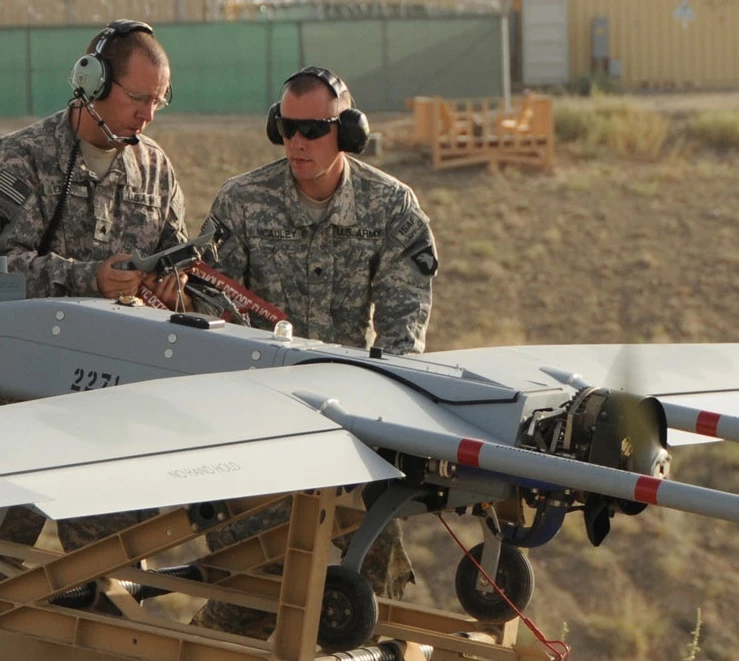
The RQ-7 also takes pilots out of harms way, another of the key objectives set by the American military a decade ago. With so many RQ-7s available and coming, the small unmanned aircraft will fly countless missions that would previously have required a pilot going into a high threat situation.
Finally, its accuracy is so good that it will be vitally important in avoiding civilian casualties in future conflicts.
"As the mission of the Shadow UAS continues to evolve, it will need capability that can immediately neutralize threats detected and designated by the Shadow's sensor package, with minimum impact to the aircraft's endurance," said Glenn Kuller, director of advanced programs in Lockheed Martin's Missiles and Fire Control business. "With precision strike accuracy, the Shadow Hawk is an ideal solution in urban environments where low collateral damage is essential."









































